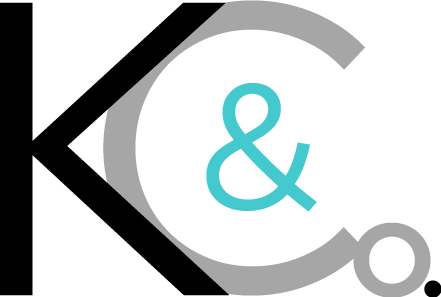The way organizations accomplish work is undergoing a fundamental transformation. Rising complexity, disconnected tools, siloed data, and pressure to deliver more with fewer resources are creating unprecedented challenges for businesses of all sizes. While AI promises solutions to many of these problems, effective deployment across the enterprise remains elusive for most companies. I was fortunate to have Pratima Arora, Chief Product Officer at Smartsheet, join me for a recent episode of the Age of AI podcast, covering the rapid evolution of the AI landscape, exploring what’s new, what’s next, and how that impacts the world of work and beyond.
Arora joined the company in April with a clear mission: lead the evolution from traditional work management platforms to AI-first approaches that enable human-AI collaboration at scale. Her vision is driven by two key factors — the passionate community of Smartsheet customers who have built their careers on the platform, and the enormous opportunity AI presents for application-layer innovation.
Watch our full conversation here:
The Messy Middle of Modern Work
Organizations today operate in what Arora calls “the messy middle” — where actual work happens but visibility is lacking. Teams face disconnected tools, siloed data creating friction, and relentless pressure to increase velocity and make faster business decisions. Even more challenging, while leaders recognize AI’s potential, many struggle to deploy it effectively across their organizations.
Arora emphasizes a critical insight: “Silos are not good for humans, but silos are worse for AI.” The solution isn’t adding another tool to an already crowded technology stack. Instead, organizations need connective tissue that brings together people, work, and content to generate meaningful insights and orchestrate work at scale.
Building AI-First, Not AI-Added
Smartsheet’s approach represents a fundamental shift in thinking. Rather than building a product with AI features bolted on, Arora and her team are creating an AI-first work platform from the ground up. This distinction matters enormously.
At the foundation is Smartsheet Knowledge Graph, a flexible graph-based data model connecting information and relationships between people, work, and content. This contextual understanding enables personalized recommendations and insights tailored to individual users, their teams, and their specific workflows.

The platform integrates with major enterprise tools including Salesforce, Jira, Amazon Q Business, Microsoft Copilot, and others, respecting how customers already work rather than forcing wholesale changes. As Arora notes, “Change is hard. Let’s not add another dimension of change to their daily lives.”
AI as a True Teammate
Arora’s vision for AI extends beyond simple automation. She describes AI as “your true teammate” — one that extends team capacity, helps with better decision-making, learns continuously, and works around the clock. This teammate can take different forms depending on needs: a personalized assistant providing recommendations, an automation engine handling complex workflows, or role-based agents acting as expert collaborators.
However, this partnership requires careful balance. Arora stresses that “responsible AI is not a feature for us. It’s the foundation of everything we build.” This means prioritizing transparency, control, traceability, and auditability. Customers maintain full governance over what AI can access and do, with the ability to review and reverse actions.
Practical Considerations Matter
Beyond capabilities, Smartsheet focuses on practical concerns that often get overlooked in AI discussions. The company introduced a customer loyalty benefit capping cost increases at 15% during transitions, eliminating surprise bills. Customers have full control over user provisioning and management, with transparency into usage patterns.
These measures address a fundamental reality: adopting AI requires a leap of faith from business leaders putting their reputations on the line. Providing guardrails around costs and control helps make that leap more manageable.
Looking Ahead
Arora envisions a dramatically different work environment within three to five years. Humans and agents will work side-by-side in a multi-agent world, with specialized AI teammates having their own identities, roles, and responsibilities—similar to human organizational structures. This evolution won’t replace humans but rather expand human potential and create new opportunities.
Her advice to business leaders is direct: “AI is not the future. It is the present. If you haven’t embraced it, embrace it. If you’re not already experimenting, testing, deploying AI, you’re behind.”
The transformation of work management is well underway. Success will belong to organizations that find the right balance between powerful AI capabilities and human oversight, delivering real outcomes through platforms that integrate seamlessly into existing workflows while maintaining robust security and governance as foundational elements.
Want to learn more about Smartsheet and explore how it can improve the way you work? Register for Smartsheet ENGAGE, November 5-7 in Seattle.
This article was originally published on LinkedIn.
Read more of my coverage here:
AWS Bridges the Enterprise AI Gap with Quick Suite: Why This Changes Everything
Google’s CodeMender: Why AI-Driven Security Fixes Matter More Than Ever
Why Devices Still Matter: Mitel’s Strategic Bet on Hybrid Communications
